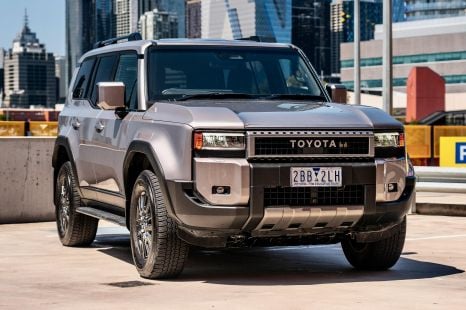

Max Davies
2025 Toyota Prado GXL review
3 Months Ago
The Toyota LandCruiser 300 Series will offer a maximum of seven seats, while weight is down and payload and ground clearance are up.

News Editor
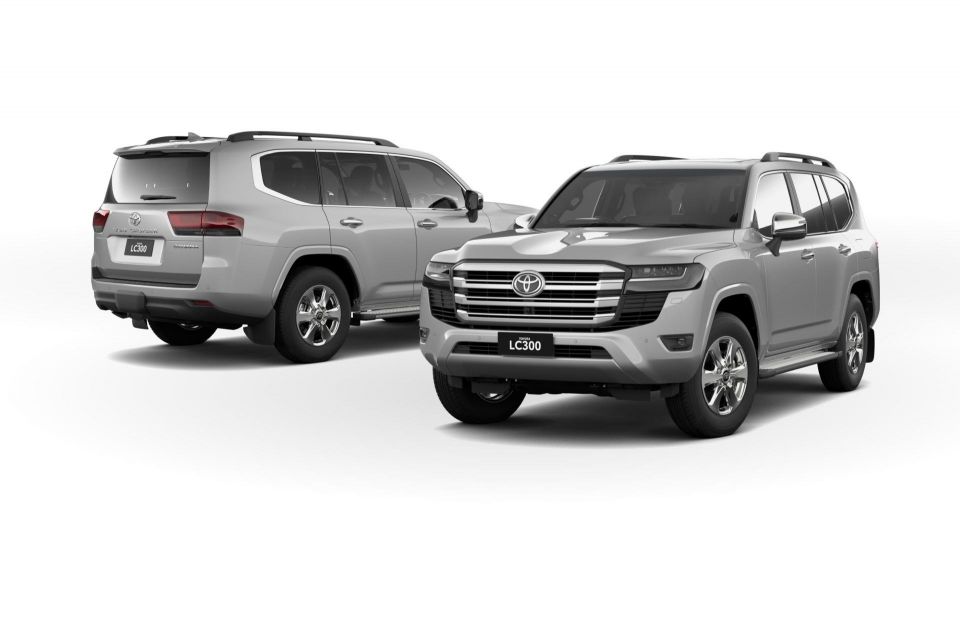

News Editor
The Toyota LandCruiser 300 Series will offer a choice of five variants and both five- and seven-seat layouts.
Details of the upcoming 300 Series model range have been published as part of a filing on the Australian Government’s Road Vehicle Certification System (RVCS).
The new model is due here in the fourth quarter of 2021.
The RVCS entry reveals there’ll be five variants in contrast to the 200 Series’ four-car line-up. That fifth entry is likely the new GR Sport model.
The eight-seat option, currently available in the GX and GXL, has been scrapped.

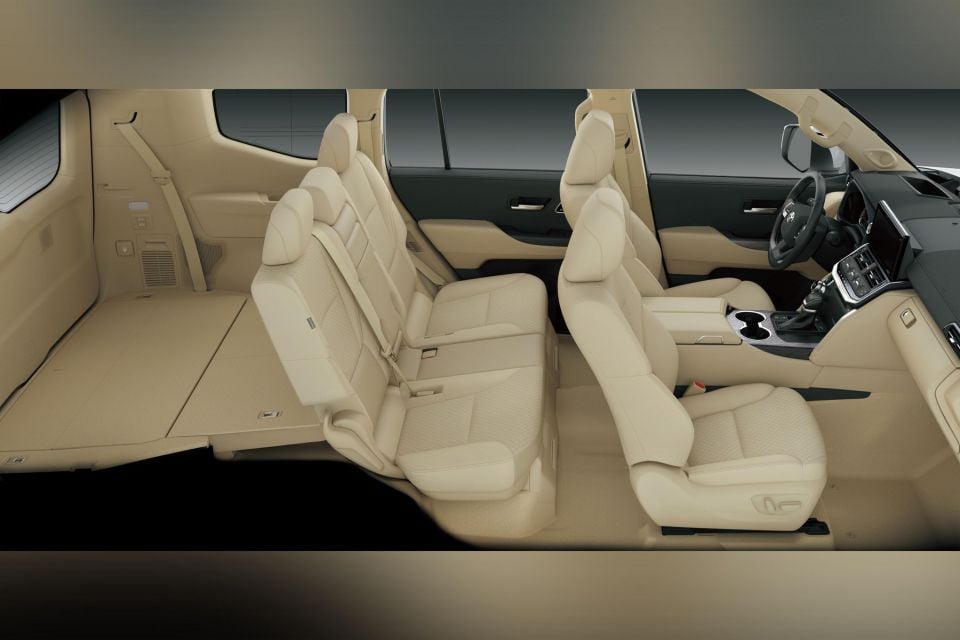
Judging from the regulatory filing, the base GX, GR Sport and flagship Sahara – or whatever they’ll be called – have all been certified for five-seat layouts. The replacement GXL and VX have seven seats.
All 300 Series models ride a 2850mmwheelbase like the 200 Series and measure 1950mmtall.
All models bar one measure 1980mmwide, with the GR Sport measuring 1990mmwide. It’s also 15mm longer than most of the range (4995mm vs. 4980mm).
That’s likely due to its cosmetic modifications. It features unique wheel arches and a unique front apron, lower body trim and wing mirrors.
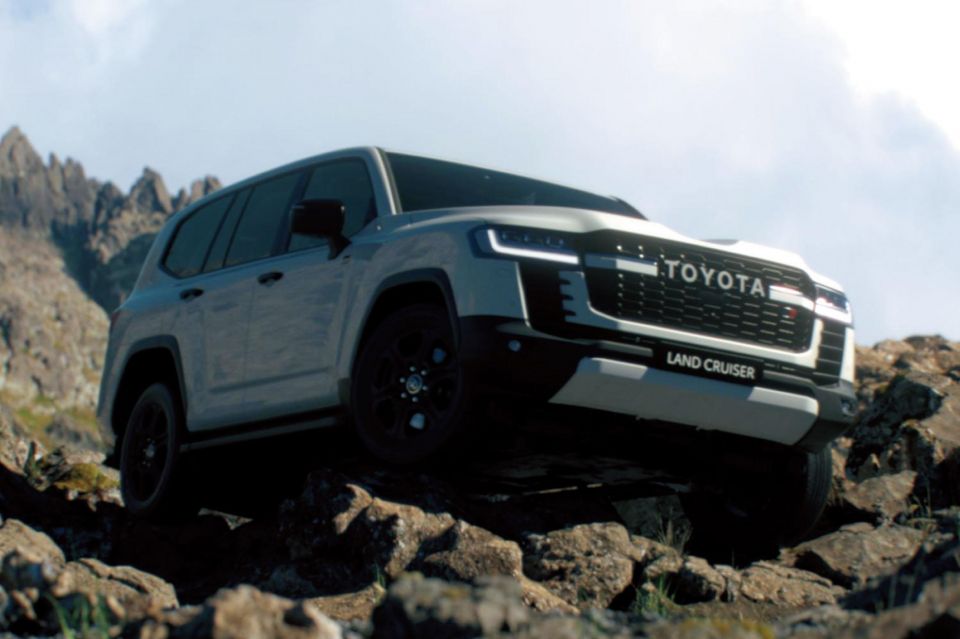
One other variant measures 5015mm long. This appears to be the range-topping Sahara, judging by the standard fit 20-inch wheels that measure 265mm wide with a 55-series profile.
Most models use 18-inch alloy wheels measuring 265mm wide and with a 65-series profile. The base model rides on 17-inch wheels measuring 245mm wide with a 75-series profile.
Gross vehicle mass is 3280kg across the range, down 70kg.
Tare mass is 2410kg on the base model, and between 2495kg and 2545kg on all other models. This means payload is up for the 300 Series.
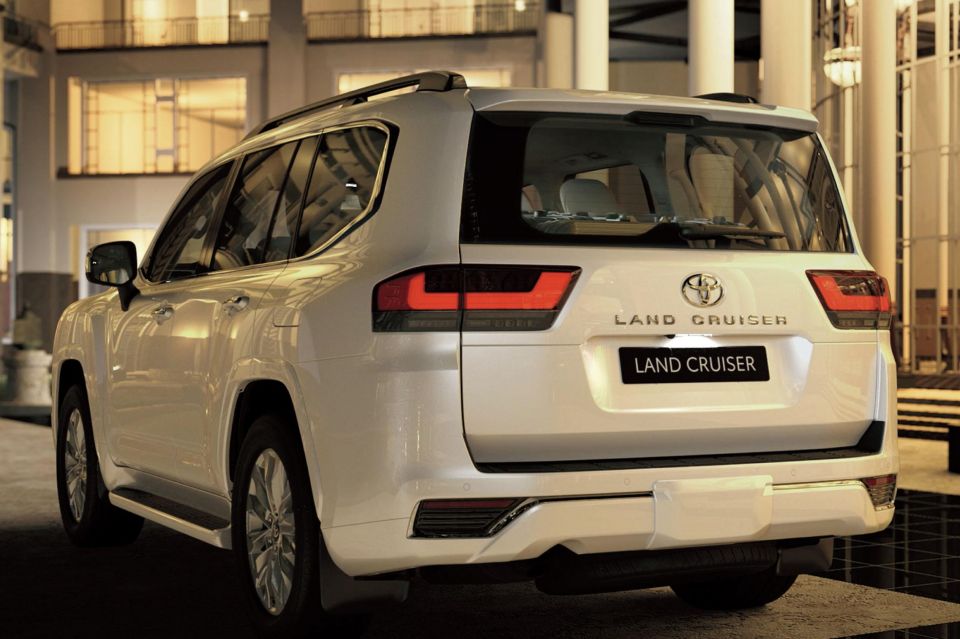
Braked towing capacity is 3500kg across the range and unbraked is 750kg, unchanged from the outgoing model. However, ground clearance is up by 15mm to 245mm across the range.
Toyota says it has made numerous enhancements to the LandCruiser’s off-road performance, with a lowered centre of gravity, altered weight distribution, and improved wheel articulation.
As we already know, the range will be powered by a new 3.3-litre twin-turbo V6 diesel, producing 227kW of power and 700Nm of torque. It’s mated to a 10-speed automatic transmission.
Those outputs are up by 27kW and 50Nm from the outgoing 4.5-litre twin-turbo diesel V8.
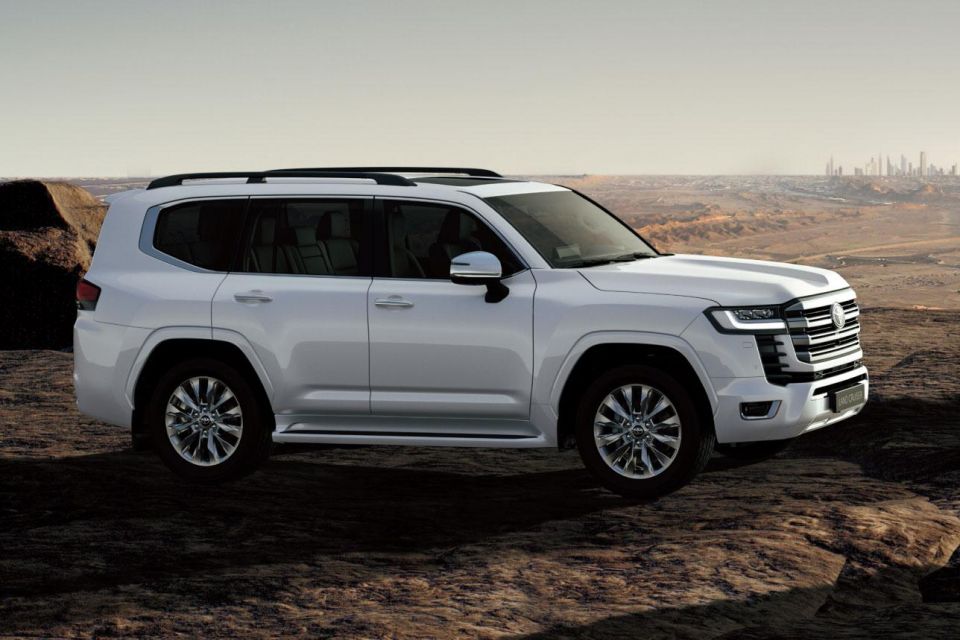
The 300 Series range in markets like the Middle East will be topped by a new 3.5-litre twin-turbo petrol V6, which makes 305kW and 650Nm.
Toyota Australia has yet to confirm this for Australia, though the 200 Series range went diesel-only in 2019 when Toyota axed the 4.6-litre petrol V8.
A hybrid petrol V6 is also expected to join the 300 Series range in due course.
Top-spec models will be available with a new electronic version of the company’s Kinetic Dynamic Suspension System, which can achieve a longer suspension stroke by “effectively disabling the front and rear stabiliser bars”.
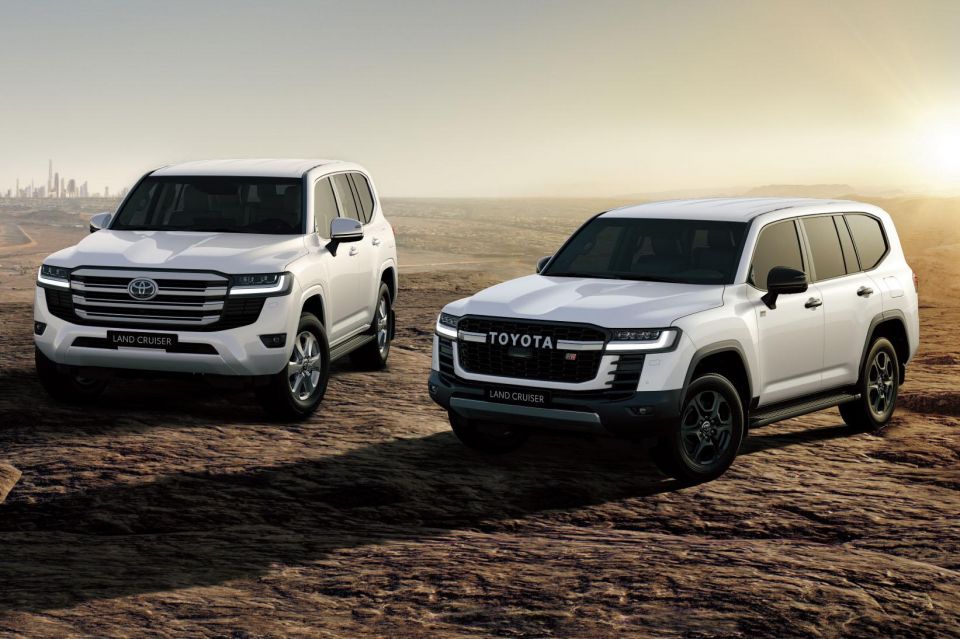
Other off-road aids include a Multi Terrain Select system that automatically chooses the best driving mode for the current road surface, and a new Multi-Terrain Monitor, which uses the central display to show otherwise obscured obstacles from the driver’s point of view.
There are plenty of new items on the LandCruiser’s safety roster, such as emergency steering assistance for evasive steering manoeuvres, as well as daytime cyclist detection, and day- and night-time pedestrian detection.
The four-wheel drive can also detect on-coming vehicles, as well as pedestrians crossing the street, when the vehicle is making a turn at an intersection.
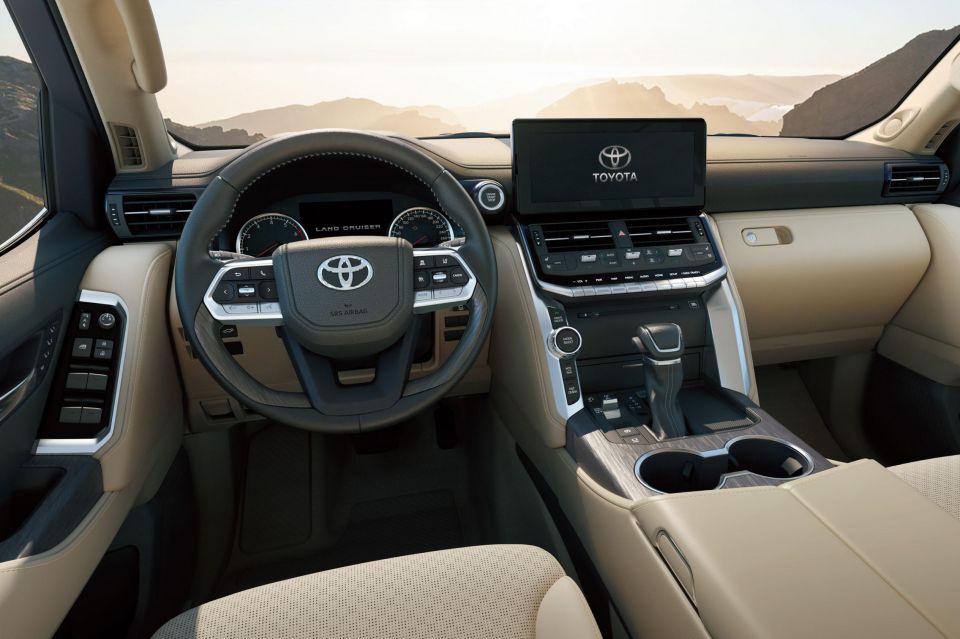
Inside the more upmarket cabin, there’s expected to be a choice of 7.0-inch and 12.3-inch touchscreen infotainment systems according to a leak earlier this year.
The 200 Series offers a choice of 6.1- and 9.0-inch units.
Excited for the new LandCruiser 300 Series? Let us know your thoughts in the comments!
Where expert car reviews meet expert car buying – CarExpert gives you trusted advice, personalised service and real savings on your next new car.
William Stopford is an automotive journalist based in Brisbane, Australia. William is a Business/Journalism graduate from the Queensland University of Technology who loves to travel, briefly lived in the US, and has a particular interest in the American car industry.


Max Davies
3 Months Ago


Matt Campbell
2 Months Ago
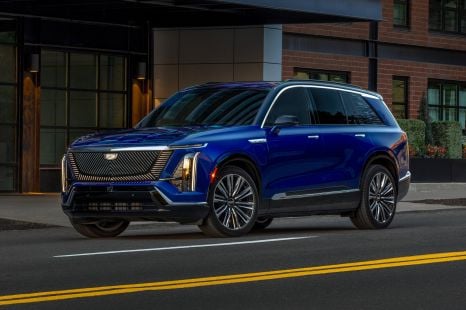

William Stopford
2 Months Ago
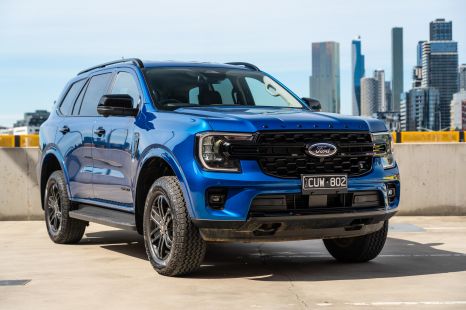

Josh Nevett
2 Months Ago


Max Davies
1 Month Ago


James Wong
27 Days Ago